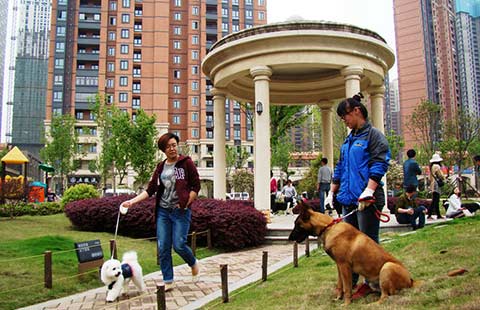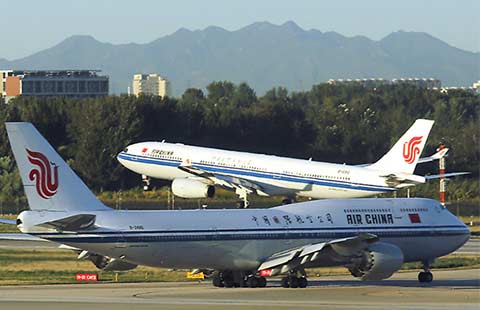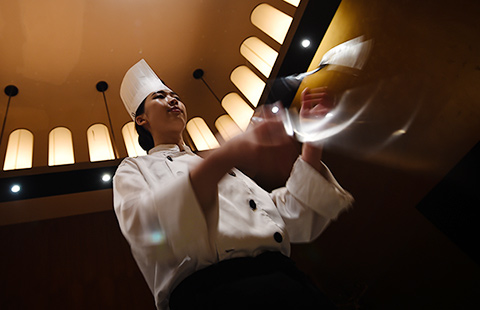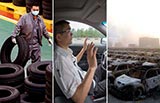Chinese government sets timetable for reform of centrally-administered SOEs
(Xinhua) Updated: 2016-05-19 23:27The government also aims to reduce losses made by centrally-administered SOE's subsidiaries by 30 percent, and increase the profit of centrally-administered SOEs by more than 100 billion yuan ($15.3 billion) by the end of 2017.
Meanwhile, the government will cut the country's coal and steel capacity owned by centrally-administered SOEs by 10 percent this year, followed by another 10 percent in 2017. Coal, iron and steel are among the key sectors targeted in the effort to reduce excess capacity.
During the Wednesday meeting, Li again stressed that the centrally-administered SOEs need to "lose weight and get fit," an idea the Chinese premier brought forward in this year's government work report.
The reform of SOEs in general is a major task set by the government in this year's government work report, delivered in March by the premier. It pointed out that the government will push hard to ensure success in upgrading SOEs, pledging that structural adjustment will be made so that they will be developed through innovation, reorganization and reform in SOE personnel management.
"Fostering greater craftsmanship is of vital importance for centrally-administered SOEs. They should concentrate on their core business so as to improve product quality. This should be the core competence of the SOEs," Li said during the Wednesday meeting, adding that they should not allocate too many resources to their sideline businesses where the private sectors usually have a strength.
The new plan encourages internal restructuring for centrally-administered SOEs and optimizing of their resource allocation. Social capital are encouraged to participate in and support the restructuring of the centrally-administered SOEs.
The new plan also calls on the centrally-administered SOEs to "grow stronger through innovation" and invest more in research and development.
- Sogou, Bing unite for 'bigger world' searches
- Chinese government sets timetable for reform of centrally-administered SOEs
- Top 10 Chinese property companies with highest inventories
- GAC denies report it plans to buy stake in FCA
- China's CRRC wins Pakistani cargo train deal
- Men more likely to fall victim to mobile payment scams
- Henan patients can now claim health insurance at all hospitals across province
- Guizhou Duyun's sphagnum moss in high demand in Japan

















